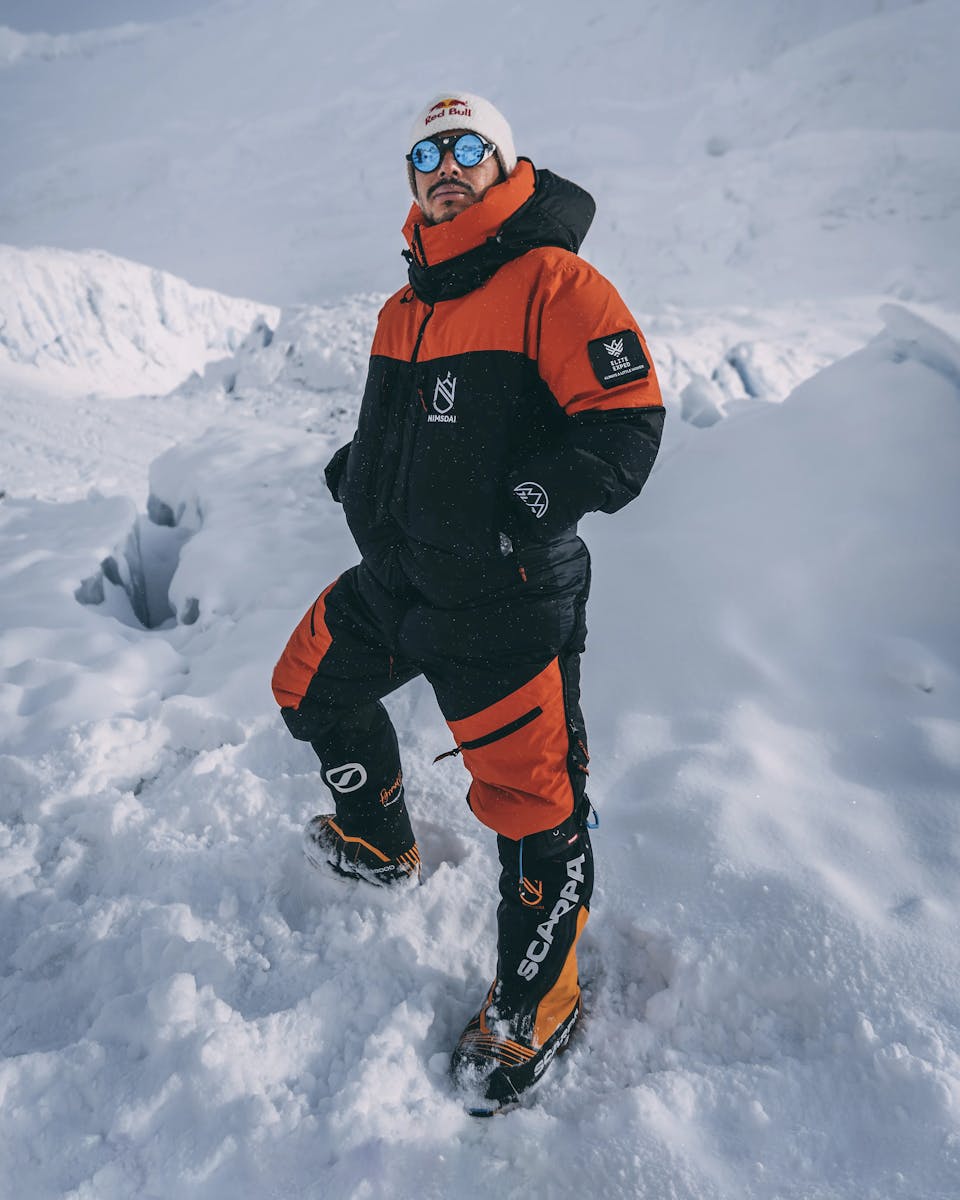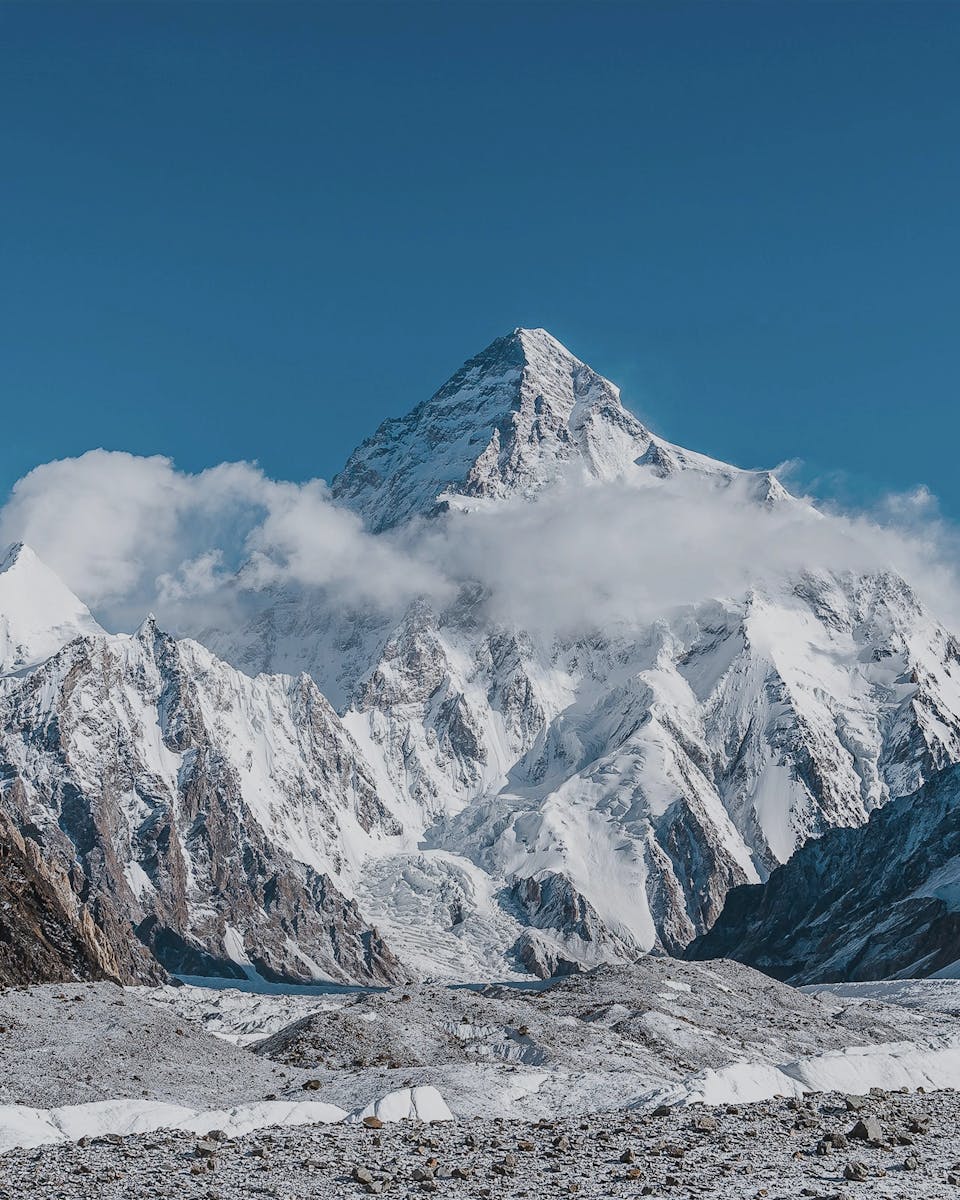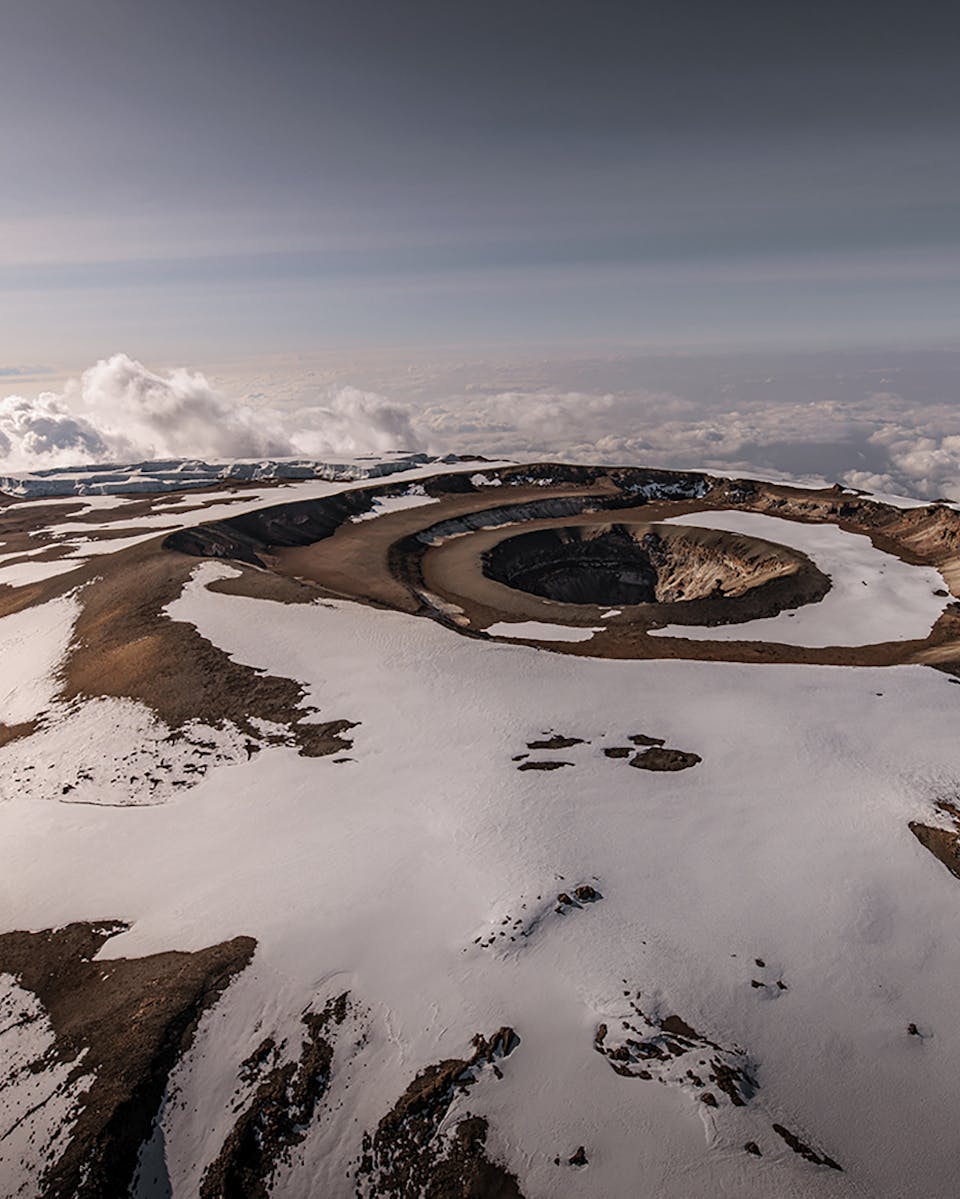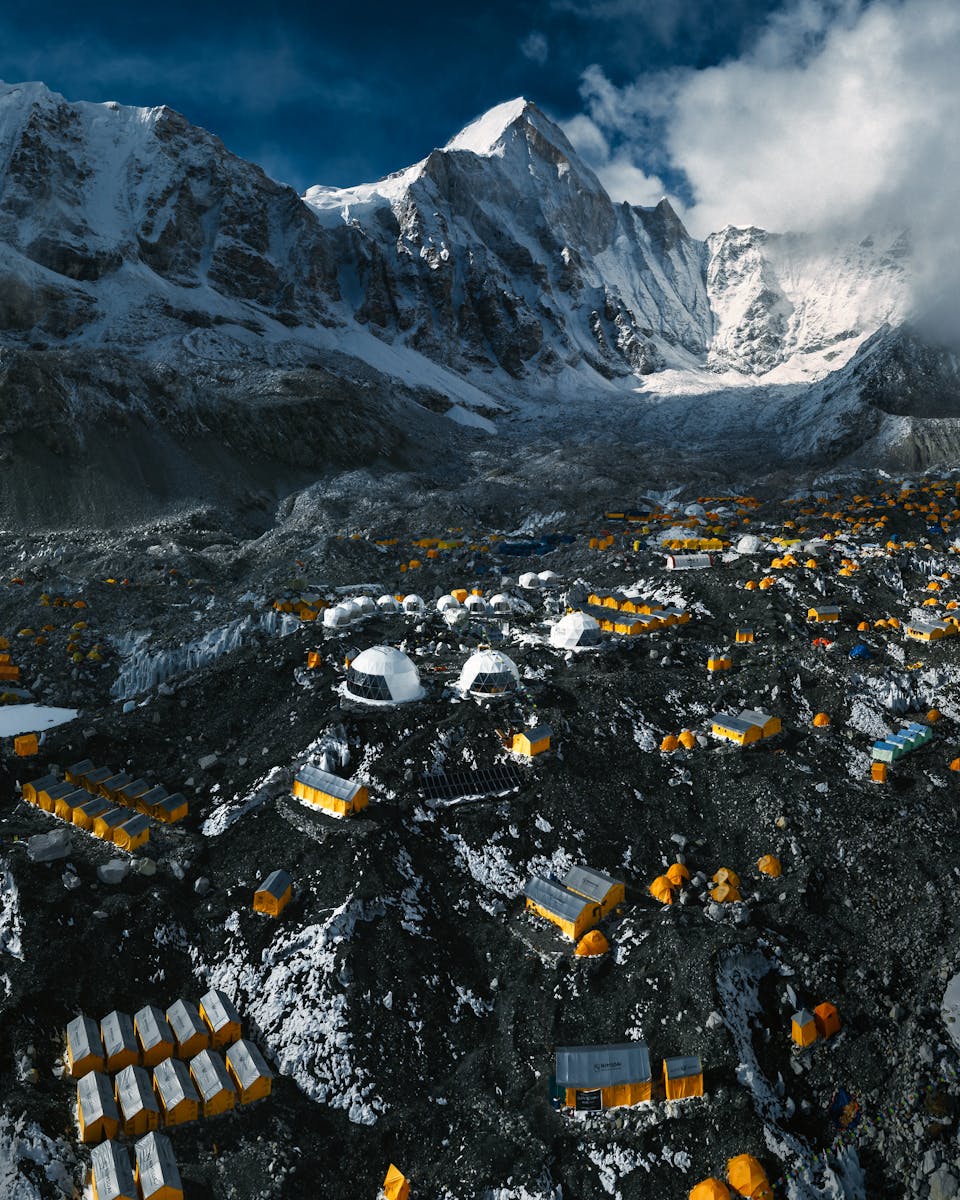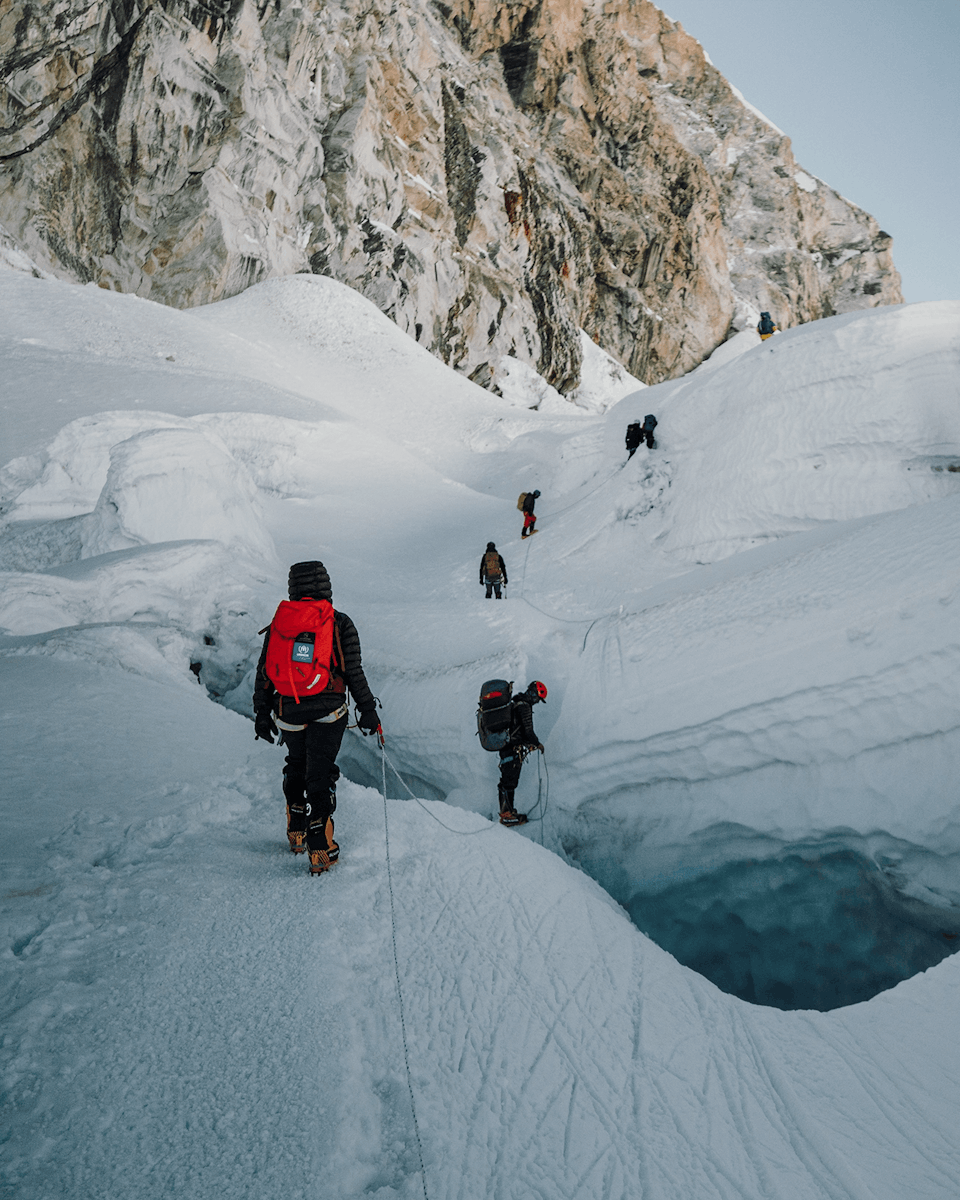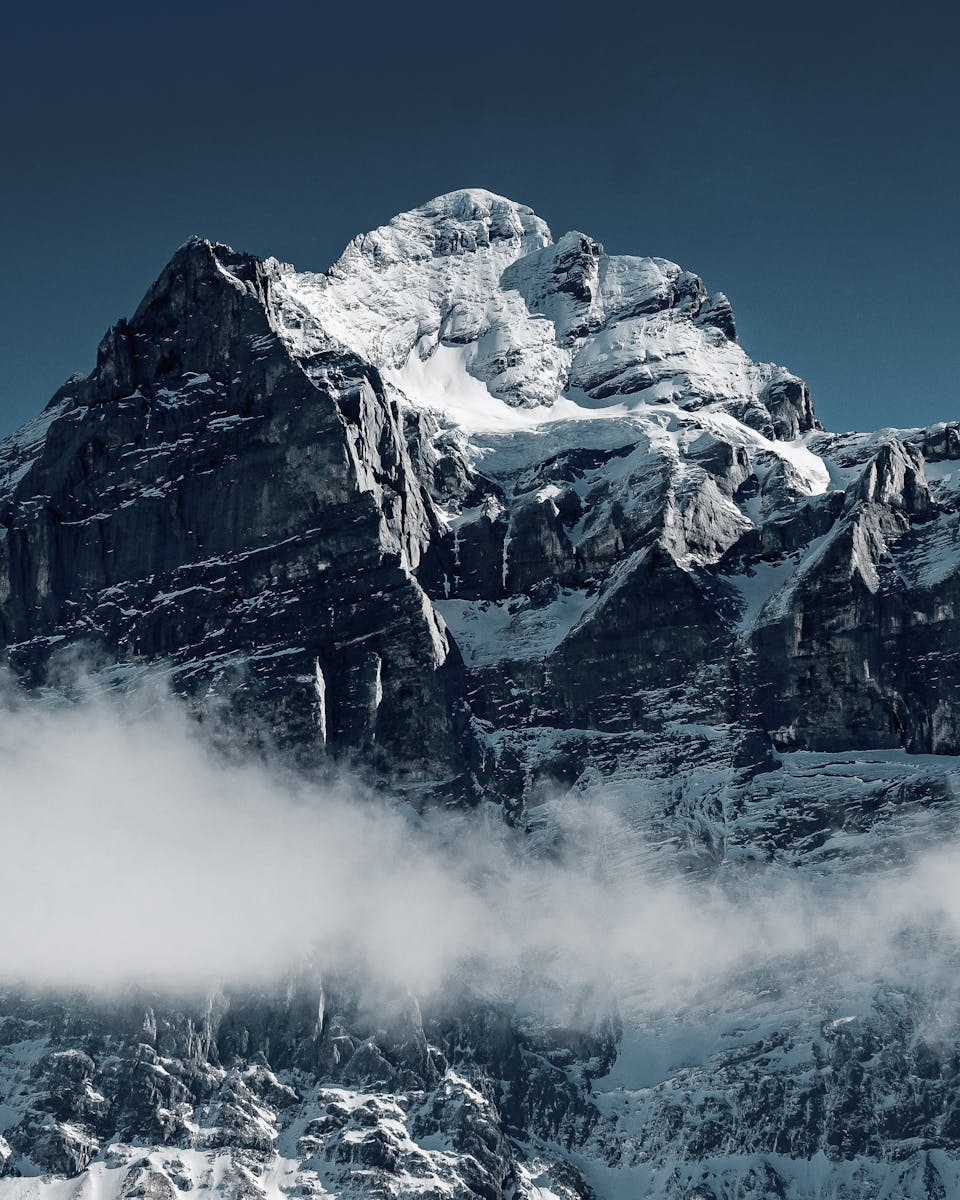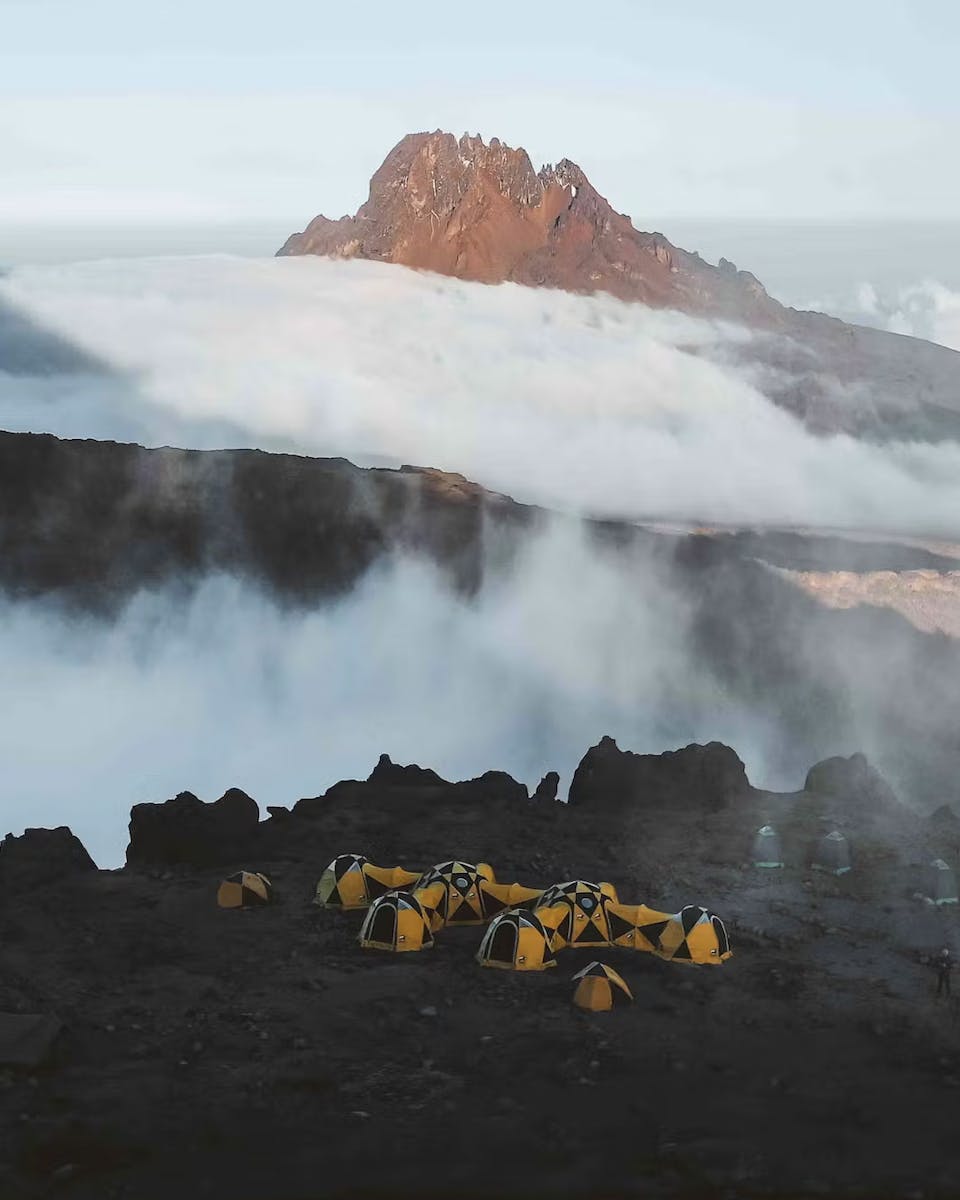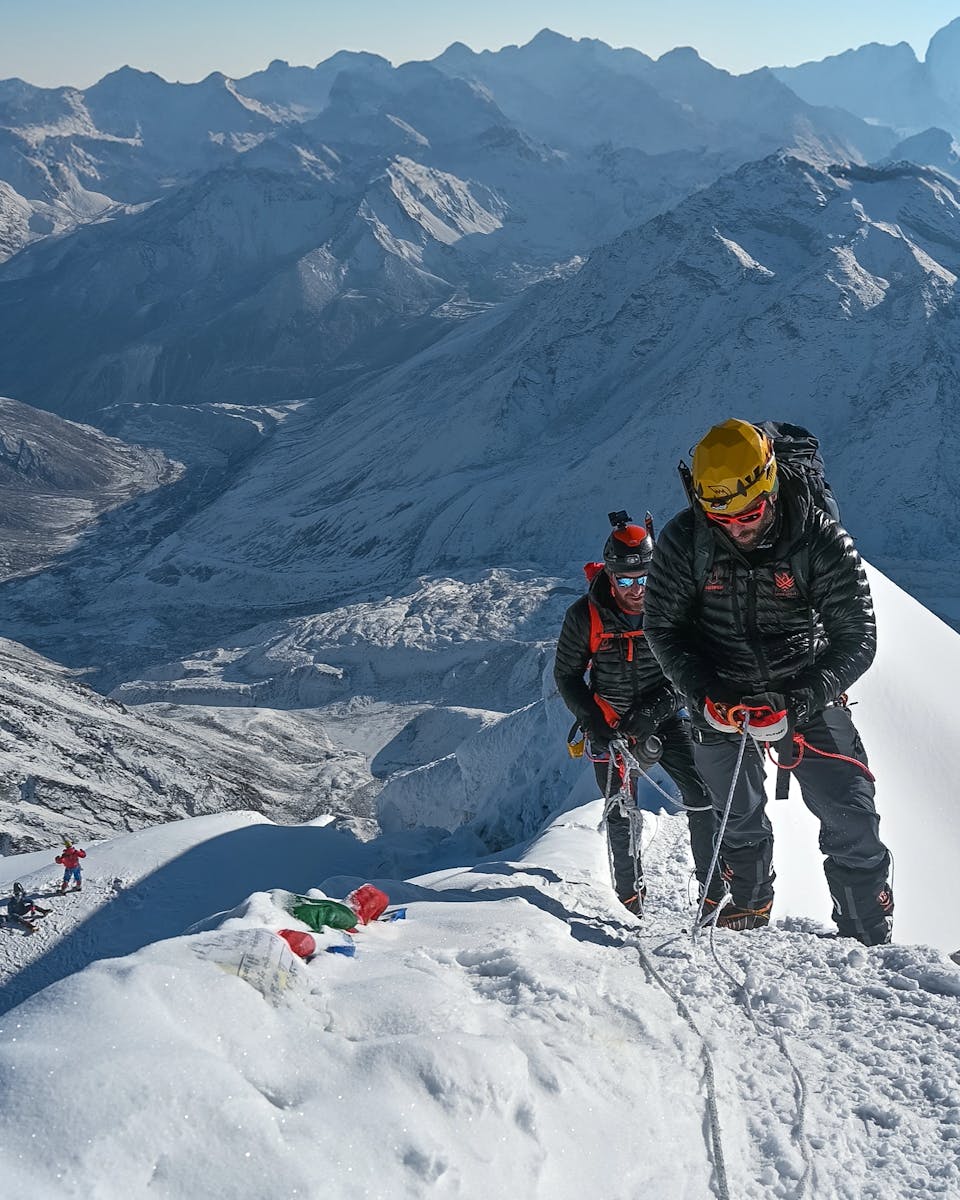Understanding how Aconcagua stacks up against other mountains can be helpful for climbers looking to gauge its suitability for their experience level.
Let's take a look at a couple of popular comparisons:
Aconcagua vs Kilimanjaro
The most immediate difference between climbing Kilimanjaro, Africa’s highest peak, and Aconcagua is elevation. Aconcagua is over 1,000 metres taller than Kilimanjaro. This huge height difference means climbers face much more extreme high-altitude conditions for a longer duration.
Aconcagua vs Mont Blanc
Comparing Aconcagua to Mont Blanc, the highest peak in Western Europe, reveals different sets of challenges. Mont Blanc, while lower in altitude than Aconcagua, often involves more technical climbing sections, potentially requiring the use of ropes, ice axes, and crampons, depending on the route and conditions. While altitude is still a factor on Mont Blanc, the acclimatisation process can sometimes be less demanding than on Aconcagua due to the lower overall elevation.
Comparing summit success rates
Looking at summit success rates can shed further light on Aconcagua’s difficulty level.
Kilimanjaro
Kilimanjaro generally sees higher success rates compared to Aconcagua, likely due to the lower altitude and often shorter expeditions. The industry average success rate for reaching the Kilimanjaro summit is around 60-80%, although Elite Exped proudly boasts a 98% climber summit rate.
Mont Blanc
Mont Blanc's success rates can vary significantly depending on the route, conditions, and climber experience. On average, the success rate is said to be around 65%.
Aconcagua
As we’ve mentioned, Aconcagua's challenges don’t lie in its technical challenges. It’s high altitude and extreme weather (especially strong winds) significantly reduce the mountain’s success rate, and as a result, the industry average success rate is around 30%. Again, Elite Exped boasts a much higher success rate of 95%.

